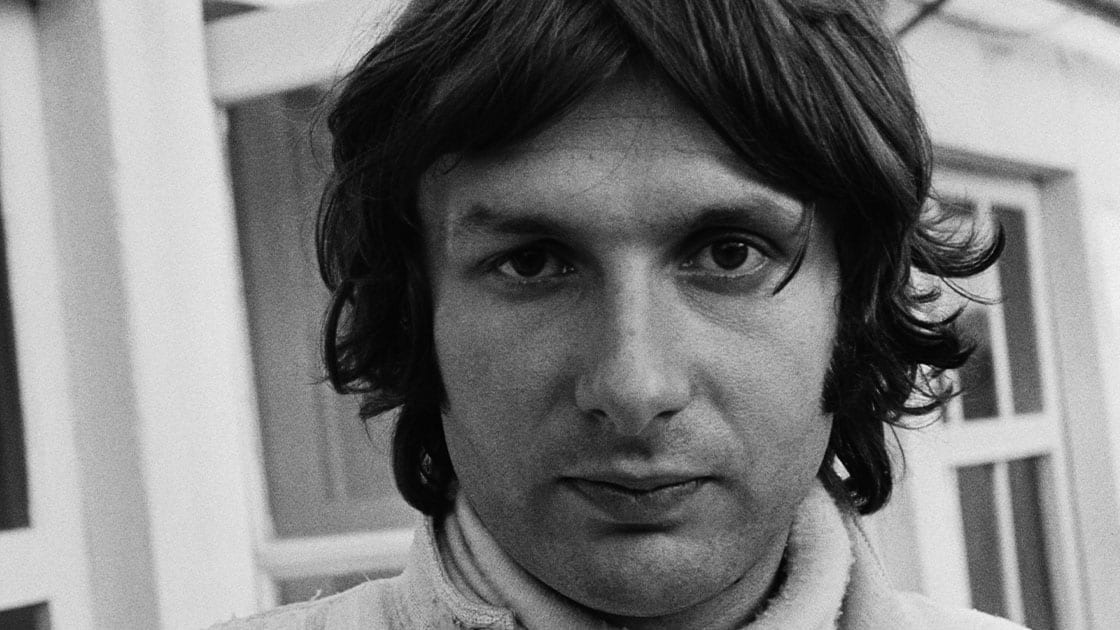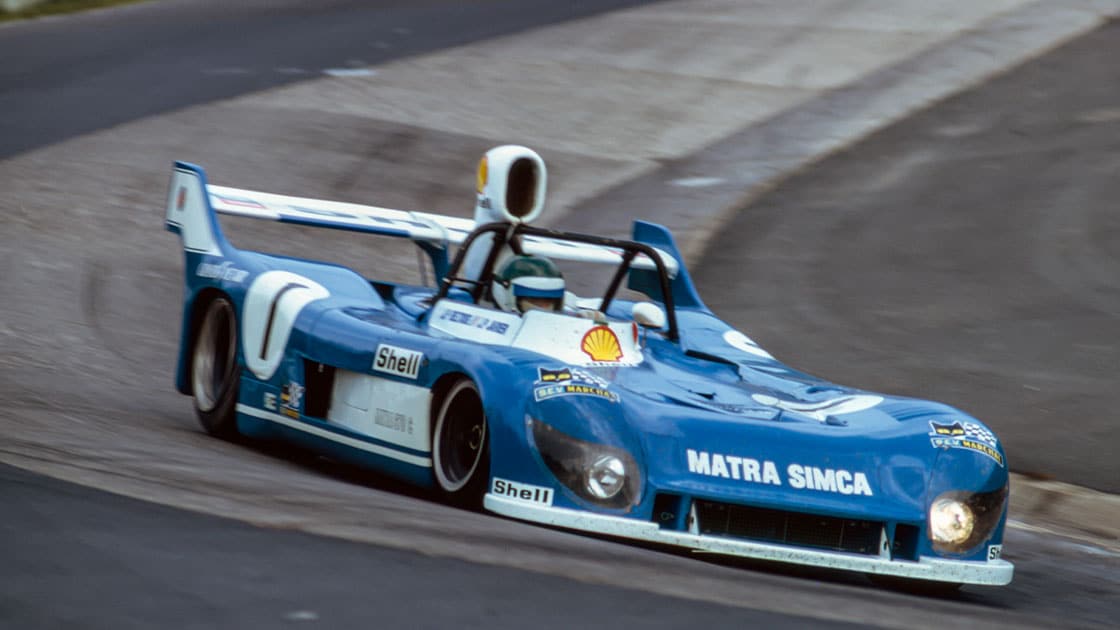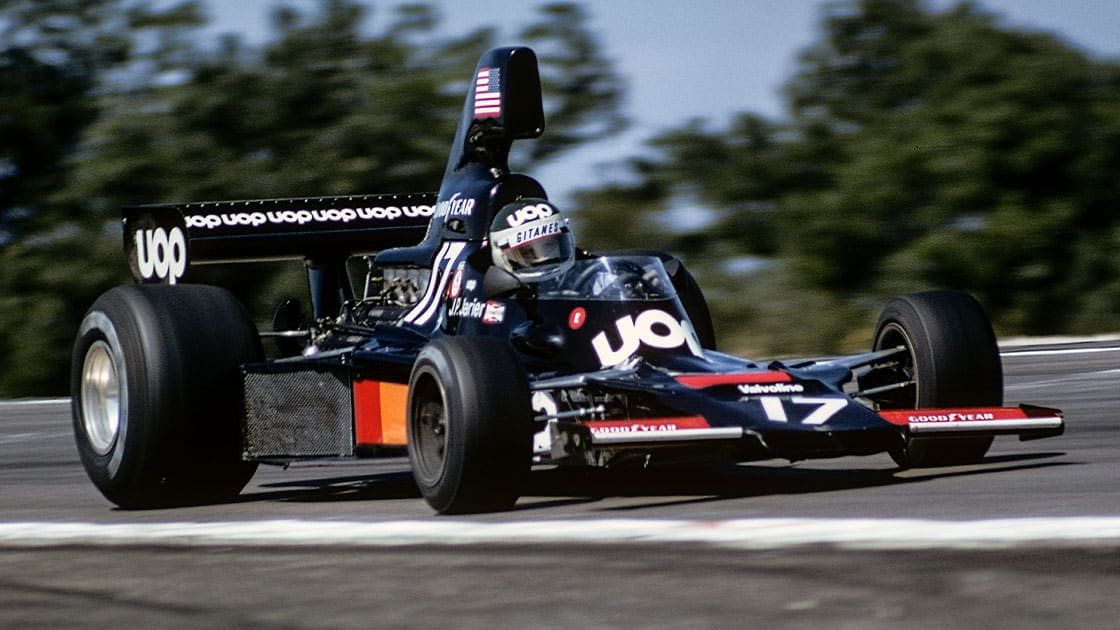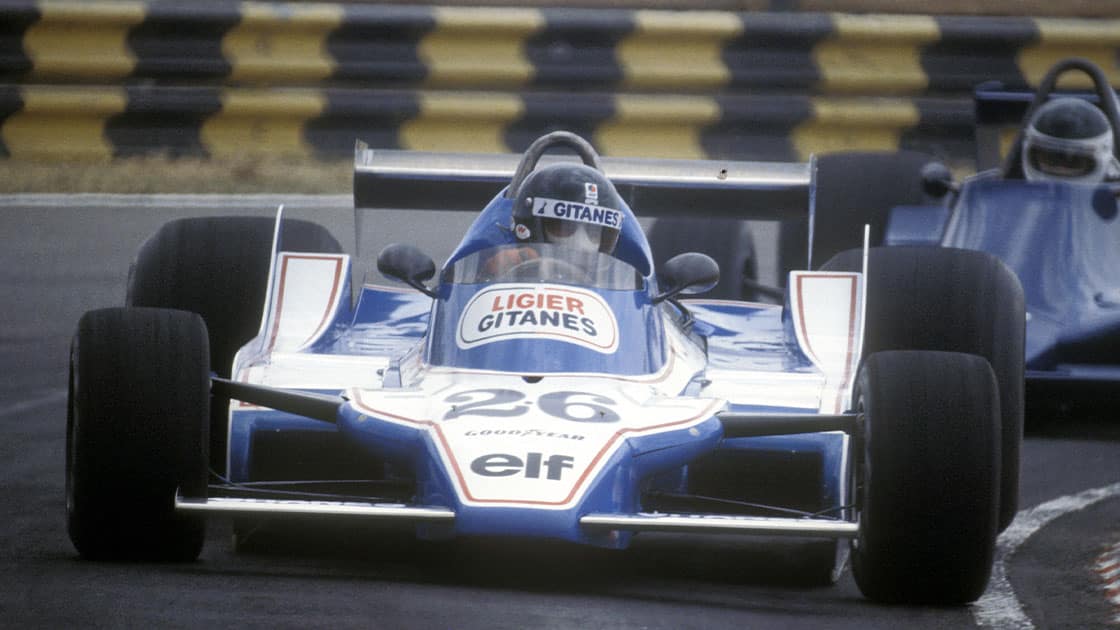After racing his motorcycle a few times, Jarier cut his teeth – like many peers – in the Coupe Renault 8 Gordini. He did well enough to attract support from Parisian furniture magnate Marcel Arnold, who eased his path into single-seaters through Formule France and, subsequently, F3. After finishing third in the 1970 French F3 Championship (behind fellow Jean-Pierres Jaussaud and Cassegrain), he was promoted to the Shell Arnold F2 team and notched up a couple of podium finishes. He also made his F1 debut in 1971, driving friend Hubert Hahne’s freely loaned March 701 in the Oulton Park Gold Cup before entering the Italian Grand Prix.
“I needed an international carnet to take the car to Italy,” Jarier says, “and an old school friend was very adept at producing counterfeit paperwork. He forged a carnet so that I could take the car to Monza. I had no money, no mechanics and no tyres, but McLaren lent me four Goodyears that were hard enough to last the whole weekend. And although I didn’t have any mechanics, Vittorio Brambilla and Jean-Pierre Jaussaud stepped in – so I had two top-line racers as my crew. I couldn’t afford a hotel for the weekend, either, so slept in the pits.”
He was running at the end, albeit too far back to be classified. “The car was still in one piece,” he says, “so I put it back on the trailer to return it to Hubert. I was apparently entitled to some starting money, too. When I went to collect it from the automobile club on Monday morning, I discovered that Max Mosley had claimed it as his, because I was driving a March!”
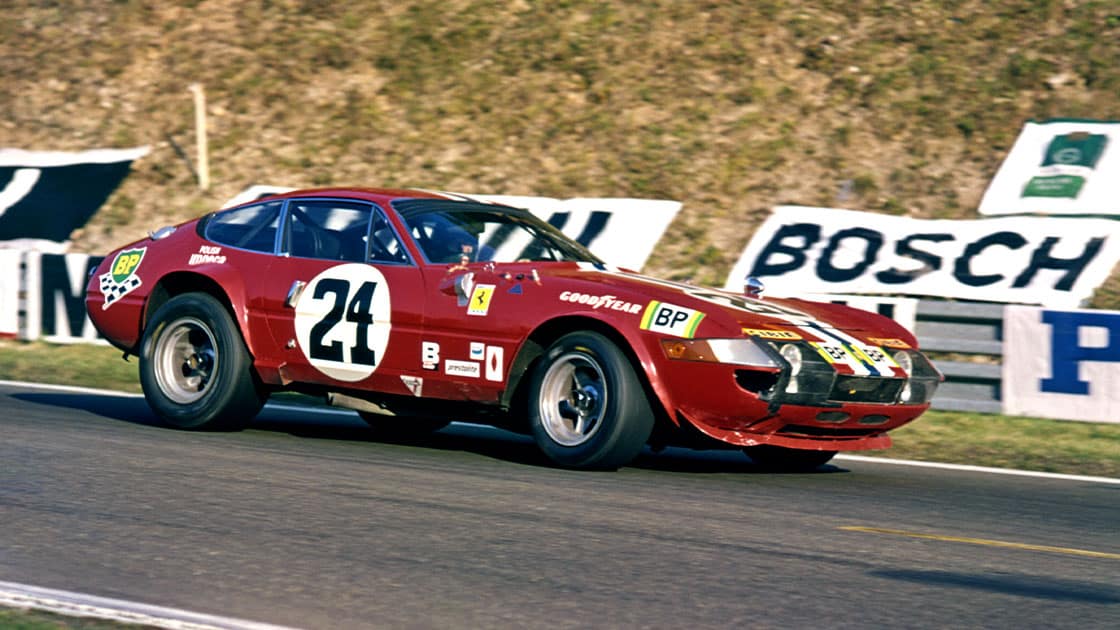
Many early competitive appearances came for NART Ferrari team – seen here at Montlhéry in ’72
He kept his F2 seat in 1972, but the team was running low on funds and after four races José Dolhem turned up with some sponsorship to usurp him. That’s when his former garage contacts came in handy. “I was told to head to Le Mans, meet Luigi Chinetti and drive one of his North American Racing Team Ferrari Daytonas,” he says. “I didn’t practise on the first evening, but was sent out late in Thursday’s session. The car felt really heavy at first and I wasn’t sure how anybody could drive it, but I settled down to some ballpark lap times and ended up within a second of Sam Posey, who was sharing the sister car with Tony Adamowicz. When I passed the signalling pit I could see they were waving in an effort to slow me down!”
He and Claude Buchet finished ninth overall, fifth in class, and his performance earned an invitation to drive NART’s Ferrari 712M in a couple of Can-Am races. “I don’t think any of the Americans wanted to drive it,” Jarier says, “because it didn’t handle and had no brakes.” He finished 10th at Watkins Glen, then fourth at Elkhart Lake – beaten by the Porsche 917/10s of George Follmer and Peter Gregg, with François Cevert’s McLaren M8F in between. “The UK press took notice,” Jarier says, “and shortly afterwards I received a telex from Robin Herd, asking me to come back to develop and race his F3 cars.” It was during this time that the nickname ‘Jumper’ would first surface, coined by Herd in reaction to his charge’s appetite for the Thruxton chicane kerbs. Beyond lay a campaign as a works March-BMW driver in European F2, which takes us back to Mallory Park and the first of that season’s eight wins. He would score 78 points, runner-up Jochen Mass just 42.
